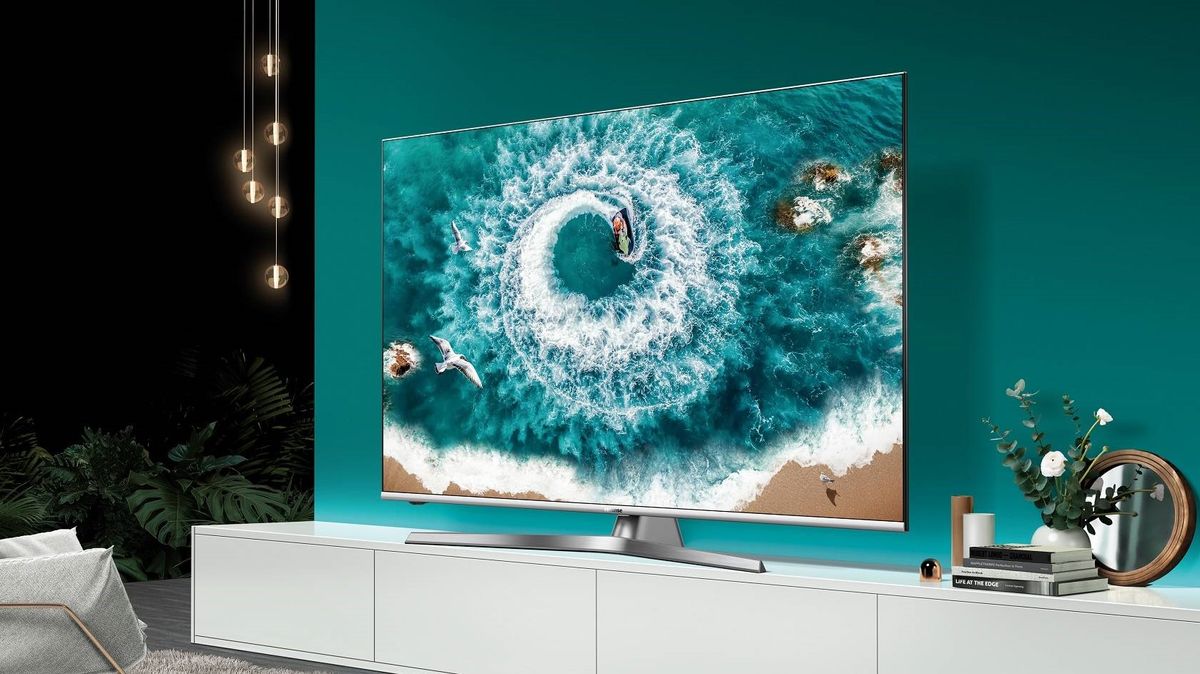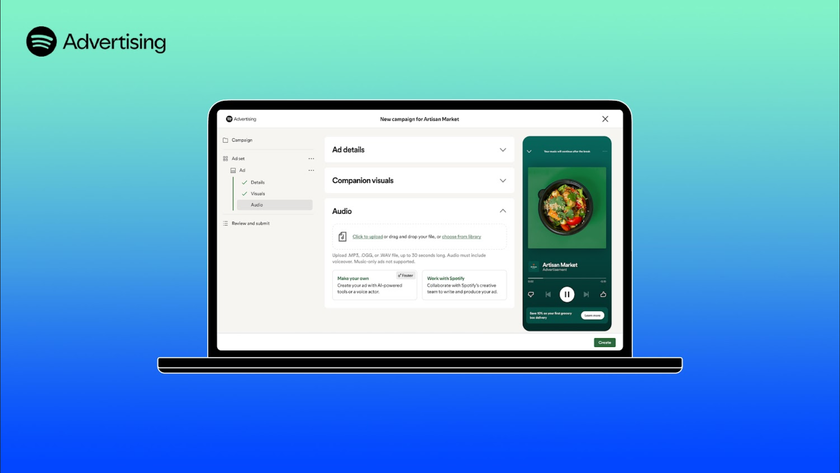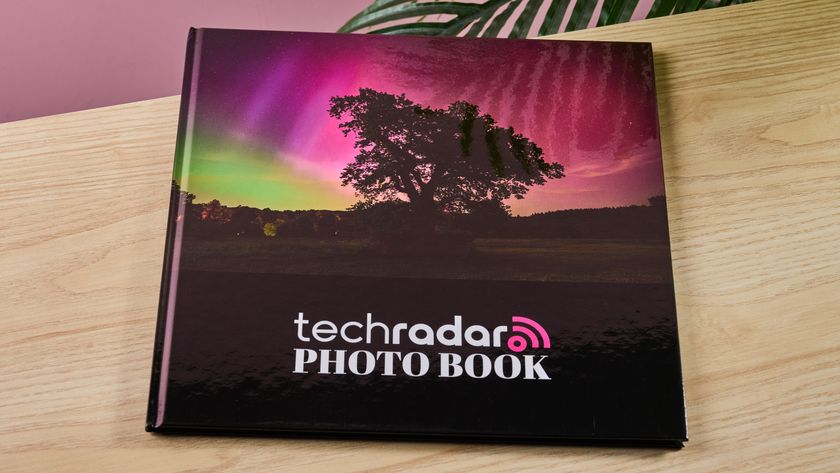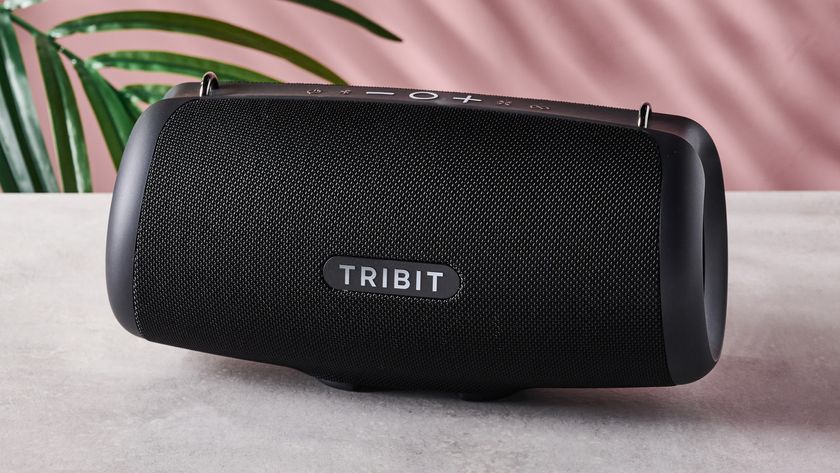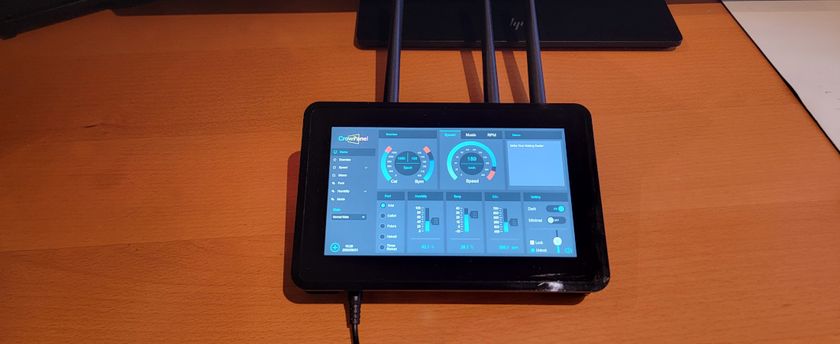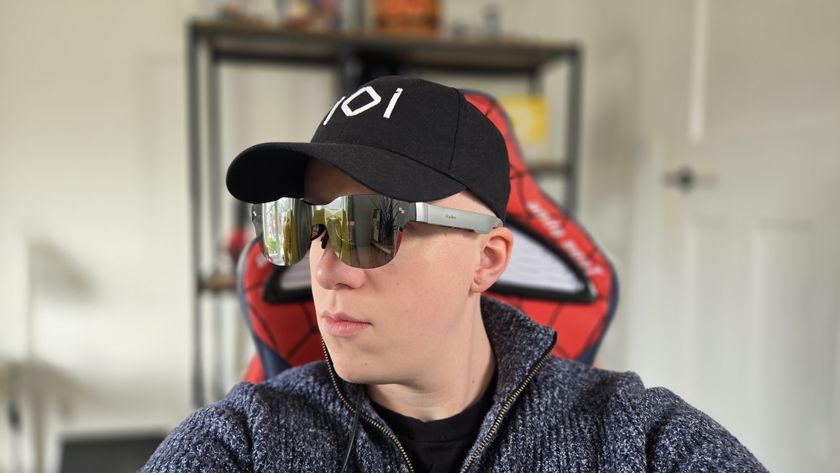TechRadar Verdict
Hisense's high value 65-inch Ultra HD TV combines lush colour and fine detail with a solid, simple smart TV platform and aggressive sound system.
Pros
- +
Dolby Vision and Dolby Atmos
- +
Easy to use smart platform
- +
Solid build quality
Cons
- -
Not HDR10+ HDR compatible
- -
Slapdash local dimming
Why you can trust TechRadar
Hisense has spent a small fortune securing European brand recognition through its high-profile sports event sponsorships and now hopes to woo buyers with feature rich TVs - typified by the U8B, its 2019 flagship ULED model.
Available in both 55- and 65-inch sizes – with the latter reviewed here – this H65U8BUK model retails at £999 in the UK (around $1,250 / AU$1,795). It certainly has an imposing demeanor, with a heavy silver trim and arching central pedestal, and certainly at the larger size has a sense of scale.
It’s a smart TV, naturally, courtesy of Hisense’s own proprietary TV OS, but its key selling point is Dolby Vision HDR support and Dolby Atmos compatibility. So does that make the U8B the big-screen value proposition to beat this year?
- Should I buy a Hisense TV? A guide to the budget TV brand
Design
The cosmetics of the U8B are perfectly pleasing, though nothing to write home about. Because the panel is edge-lit, though, the casing manages to be wonderfully thin, without the addition of backlighting to add weight to the rear.
As this isn’t a FALD (Full Array Local Dimming) screen, it also relies on the more basic Local Dimming for effective HDR. The lower portion of the set utilises downward firing stereo speakers, but there are also back-firing stereo woofers to add extra sonic weight.
Connectivity is good, too: There are four 4K-enabled HDMI inputs, two USB ports, a digital optical audio output, 3.5mm analogue audio jack and a composite AV input for legacy gear. Ethernet supports Wi-Fi and Bluetooth, and there are twin tuners, one Freeview Play, the other satellite.
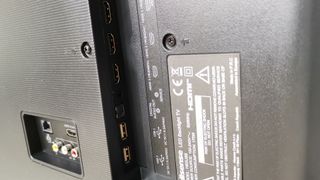
As seems to be a fashion, the screen comes with two remote controls, one standard IR blaster and a secondary, simpler option. Both have dedicated buttons for RakutenTV, Netflix, YouTube, Amazon Prime Video and Freeview Play.
If you've ever encountered anyone who prefers to use these secondary simple remotes, let us know but we're fairly convinced everyone sticks to the standard full-size wand.
Design TL;DR: The U8B looks big, in part because of its imposing silver surround. Led by four HDMIs, connectivity is good, and – while thin – Hisense has still found room to squeeze in a decent sound system.
Smart TV (Vidaa U 3.0)
Hisense offers its own Smart portal, dubbed Vidaa U (for some reason). The UI is clean and approachable. There's a horizontal bar which holds a stocked cupboard of OTT apps, including Netflix, Amazon Prime Video, BBC iPlayer, ITV Hub, All4, My5, YouTube, and Rakuten.TV.
The set supports 4K on streaming services, including YouTube. If you need more, there is an apps store which allows you to add UKTV play, CBS catch-up, Horror Bites, Chili and Plex, amongst others.
It’s from this content bar that you can also access inputs and connected media sources. The U8B had no trouble identifying our connected NAS and media servers.
A secondary tabs offer access to the main settings menu and some discovery tools for Freeview play and Flix Premiere, yet another pay VOD service with second string content.
Navigation is straightforward enough, although not particularly snappy.
Smart TV TL;DR: Hisense’s proprietary Vidaa U 3.0 platform, augmented by Freeview Play, offers a full range of streaming and catch-up services, including YouTube in 4K. It does the job.
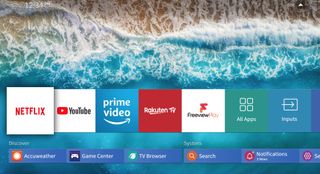
HD/SDR Performance
The good news is that HD pictures are uniformly bright and colour rich. It’s the kind of screen designed to catch your attention in a TV showroom.
While we never got the sense that the set was upscaling HD (to display low-resolution content on a high-resolution screen) with any great sophistication, it does manage to present pixel-dense images without obvious artifice. The inherent brightness of the U8B’s panel is also fully utilised when viewing HD/SDR.
Gerard Butler’s submarine suspense thriller Hunter Killer (viewed on Blu-ray) benefits from this effervescent snap. The rainbow swatch of ribbons on Gary Oldman’s Admiral’s uniform is a veritable colour bar test, which the U8B more than passes.
Picture modes comprise Standard, Cinema Day, Cinema Night, Dynamic and Sports. The Dynamic mode ramps up adaptive contrast and colour saturation, but not overbearingly so. True to form, the Cinema Day mode warms up the white balance and turns down the sharpness dial, while Cinema Night rolls back contrast and colour to cope with darker environments.
For everyday content, the Standard preset remains our preferred option. It runs with Brightness, Contrast and Colour Saturation at a median 50 setting. Some skin tones can resemble boiled lobsters, though, so taking Colour down a notch (in the picture settings) is worth the effort.
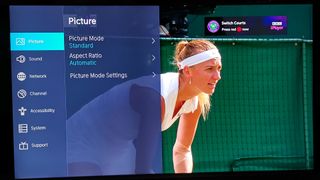
In the Sports mode, blues and greens have similarly exaggerated colour tones, presumably because Hisense wants that mode to over-emphasize the hue of a football pitch.
The set exhibits a loss of colour and contrast when viewed off-axis, though to be fair we’ve seen a lot worse. For any console gamers, there's also a dedicated Game mode to help reduce the input lag.
One aspect of the U8B that differentiates it from its cheaper Hisense stablemates is image interpolation. The set offers a 120Hz refresh rate – dubbed Smooth Motion Rate 200 in marketing parlance – which simply allows it to handle motion well. Watching Wimbledon, the ball tracks sharply, with no obvious blur. Players move around the court, limbs largely free of compression artefacts.
The set’s Ultra Smooth Motion setting is variable between Smooth, Standard, Clear and Custom, the latter with individual sliders for judder reduction and blur reduction. As a rule of thumb, Ultra Smooth Motion is best turned off for movies.
HD/SDR Performance TL;DR: The U8B’s inherent brightness adds dazzle to high-definition SDR sources. Don’t expect anything clever when it comes to upscaling to 4K though. Motion handling is also above average.
4K/HDR performance
This Hisense offers a 4K HDR performance that errs on the right side of impressive. The set’s 2160p detail performance is exemplary, supported by copious contrast and wide colour gamut panel.
HDR covers HDR10, HLG and Dolby Vision. When receiving the latter, the picture mode defaults to Dolby Vision Bright (daytime viewing) and Dolby Vision dark (for light controlled environments). In these Dolby modes, there’s no option to make any other picture adjustments, so you’re stuck with the warm colour temperature that comes as standard, which may not be to everyone's taste.
The screen can be considered a mid-range performer when it comes to HDR peak brightness. And it’s HDR performance is remarkably consistent across the various image presets. For the brightest specular detail, view in the Dynamic mode. Here we recorded HDR highs of around 470 cd/m2 (or ‘nits’), using a 10 percent HDR test window. There was only a minor drop on this figure when watching on the more agreeable Standard setting.
HDR shadow detail is less impressive, with fine near black detail largely lost in scenes of low light. This is a consequence of its limited backlight and somewhat crude local dimming: when it illuminates from the bottom of the panel, there’s a streak of light that doesn't so much bloom, as it does hold its subject in a car headlamp. As a consequence, the letterbox bars can be illuminated by a bright peak anywhere within a widescreen image.
The set doesn’t support HDR10+, the rival dynamic metadata standard to Dolby Vision – but never say never. Insiders have hinted that they’re looking at the possibility of adding HDR10+ support via a firmware update at some point. So fingers crossed.
4K HDR Performance TL;DR: The UB8 handles highlights reasonably well, thanks to a decent level of peak brightness, and Dolby Vision brings with it a level of high-end HDR finesse. However, its black level performance is limited by the local dimming implementation, and there’s no shortage of halos and blooming.
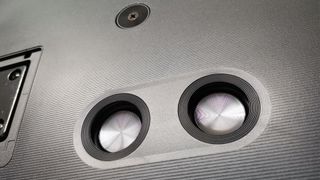
Sound and gaming
While the U8B’s built-in speakers are Dolby Atmos compatible, they don’t have the sonic prowess to make anything of the immersive format. That said, the speakers aren’t short of impact either, with an output of 2x15W. Dialogue is clear, and there's a reasonable mid-range, so there’s no overwhelming need to add a soundbar.
The set also marks an improvement on what we’ve seen from the brand when it comes to gaming performance. With that dedicated Game mode enabled, input lag falls to a relatively low 31.5ms. While some rival screens can dramatically undercut this figure, 30ms remains a good benchmark for decent gaming performance on a TV. The U8B falls short, but not by much.
Other panels to consider
The U8B faces top-level competition when it comes to big screen LCD UHD, in the guise of of Sony’s XG70 KD-65XG7003, which is also edge-lit but utilises the brand’s highly regarded 4K X-Reality PRO image processing.
The 58-inch Panasonic GX800 TX-58GX800 may offer a few less inches of screen real estate for the same price as the Hisense, but more than compensates with a specification that includes Dolby Vision and HDR10+ HDR, as well as higher measured peak brightness.
Final verdict
The U8B is a 4K TV with clear mass-market appeal. It looks huge, offers striking – if somewhat oversaturated – images, and boasts a decent sound system. While it’s probably not going to hit the right note for home cinephiles – it’s black level performance and blooming issues are too obvious – there’s no doubt many will appreciate the sheer bang for buck.
- Check out all the Hisense 2019 TVs coming this year
You also might want to check out our review for the Hisense H55U7B TV.
Steve has been writing about AV and home cinema since the dawn of time, or more accurately, since the glory days of VHS and Betamax. He has strong opinions on the latest TV technology, Hi-Fi and Blu-ray/media players, and likes nothing better than to crank up his ludicrously powerful home theatre system to binge-watch TV shows.
